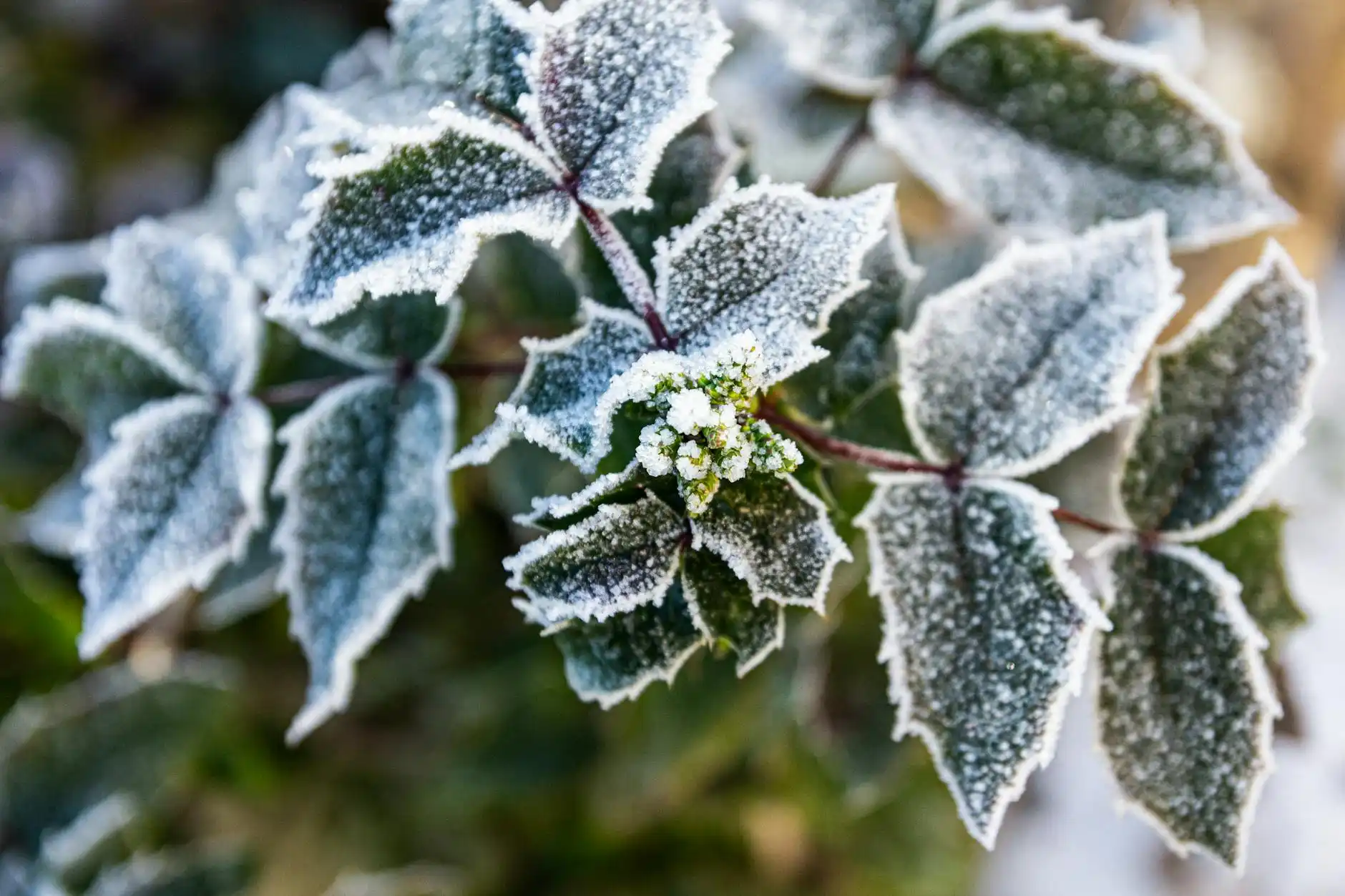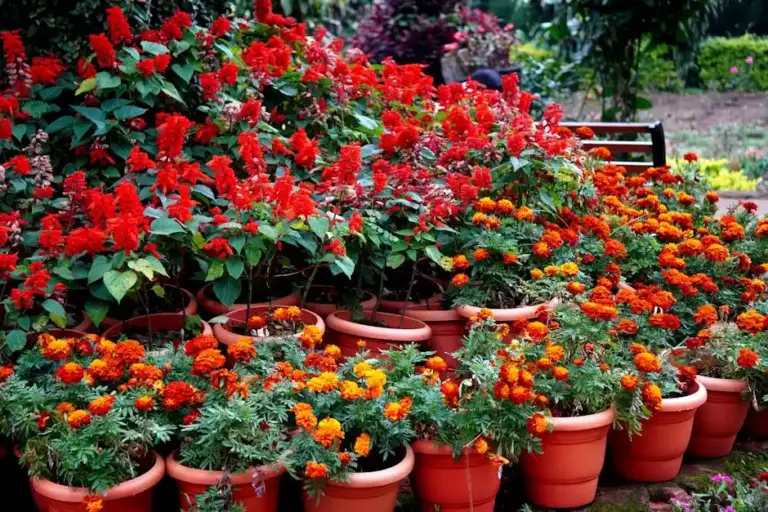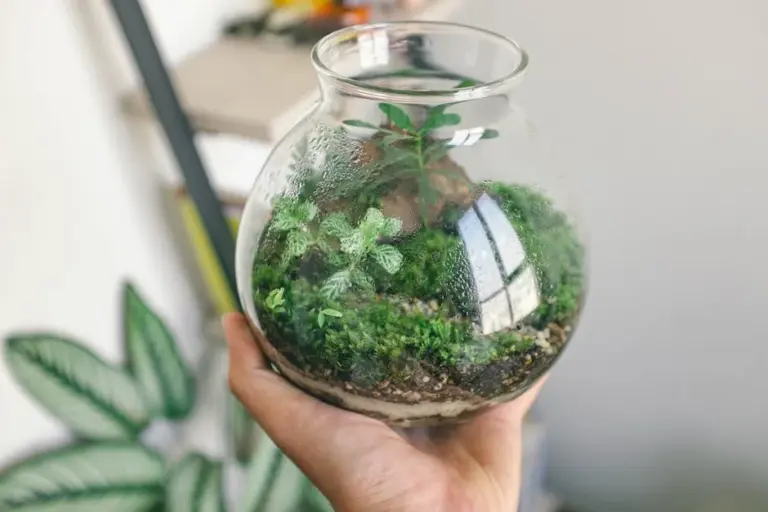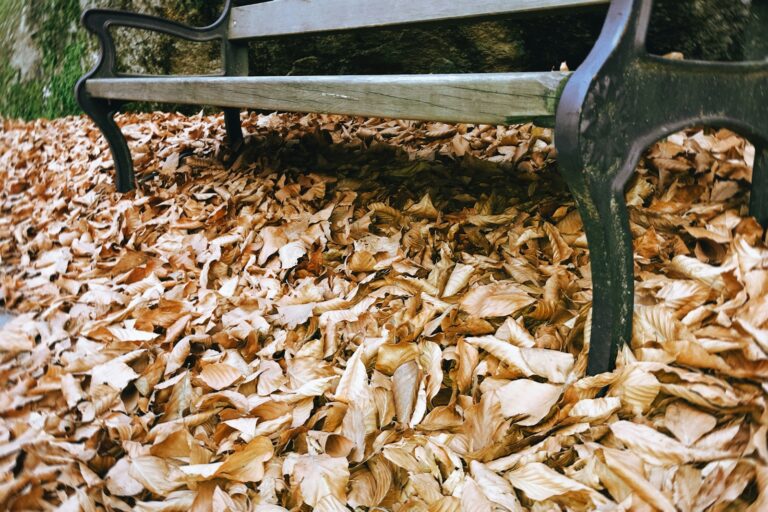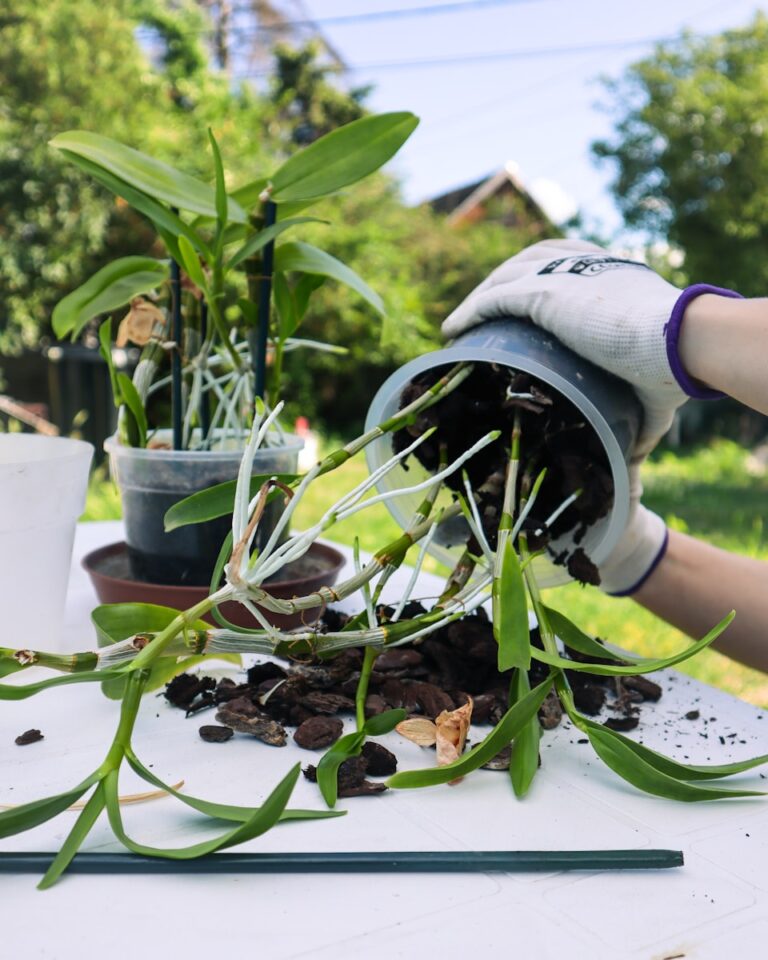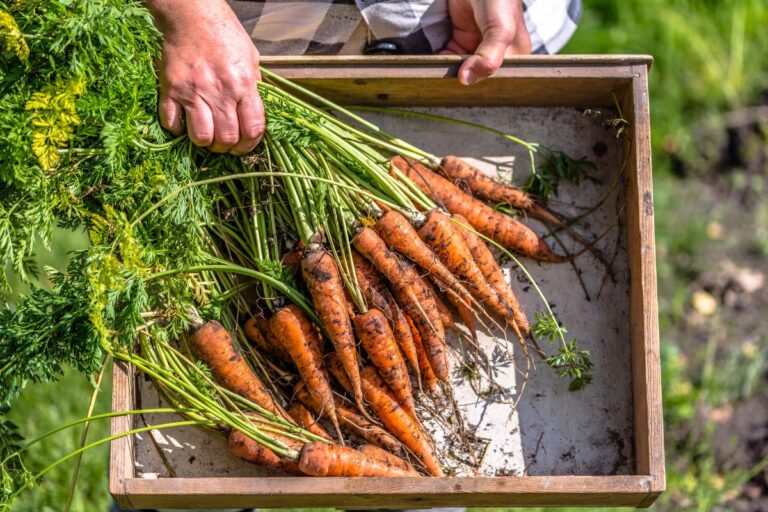Winter Gardening Hacks to Keep Your Plants Happy All Season Long
Winter can be tough on your plants, but staying ahead with simple hacks makes a big difference. The key to keeping your plants happy during winter is managing their light, temperature, and moisture carefully to mimic their natural growing conditions. With a few easy adjustments, you can help your green friends thrive even when it’s chilly outside.
You might think your plants just need less water or a warmer spot, but it’s really about balance. Using covers like burlap or fleece, adjusting watering schedules, and positioning plants near bright windows can protect them from cold drafts and low light. These small changes keep them healthy and vibrant through the colder months.
If you want practical tips to avoid common winter plant problems and keep your indoor garden lively, this post will guide you through the best winter gardening hacks. You’ll find solutions that work without needing fancy equipment or a lot of extra effort. For an extra boost, check out this guide on how to keep your plants warm in winter.
Understanding Plant Needs in Winter
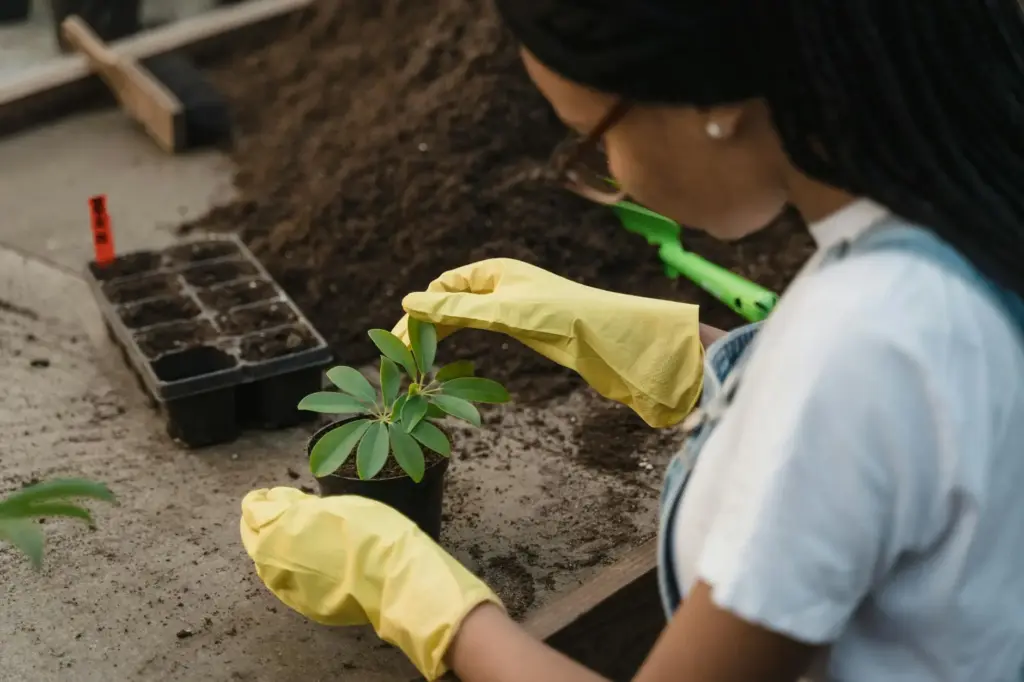
Winter poses specific challenges for your plants, affecting their growth and health. Knowing how cold impacts them, which species can handle the season, and spotting early stress signs can help you care for them better.
How Cold Weather Affects Plant Growth
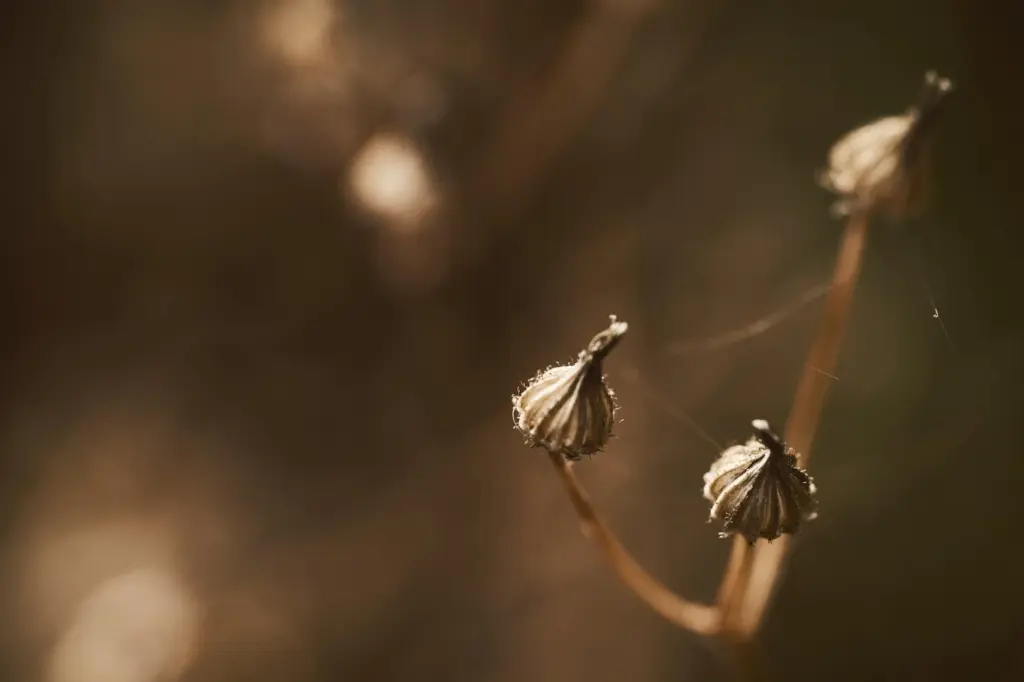
Cold temperatures slow down your plants’ metabolic processes. Photosynthesis decreases, so growth naturally slows or stops during winter. Some plants enter dormancy, conserving energy until conditions improve.
Frost and freezing can damage plant cells, leading to wilting or blackened leaves. Roots are also vulnerable if soil freezes deeply, limiting water uptake. Avoid placing plants in drafty or overly warm spots, as temperature fluctuations cause stress.
Keeping your plants away from cold windows and drafts while preventing overheating indoors helps maintain stable conditions. This balance supports gradual growth and prevents damage from sudden temperature changes.
Identifying Winter-Resilient Species
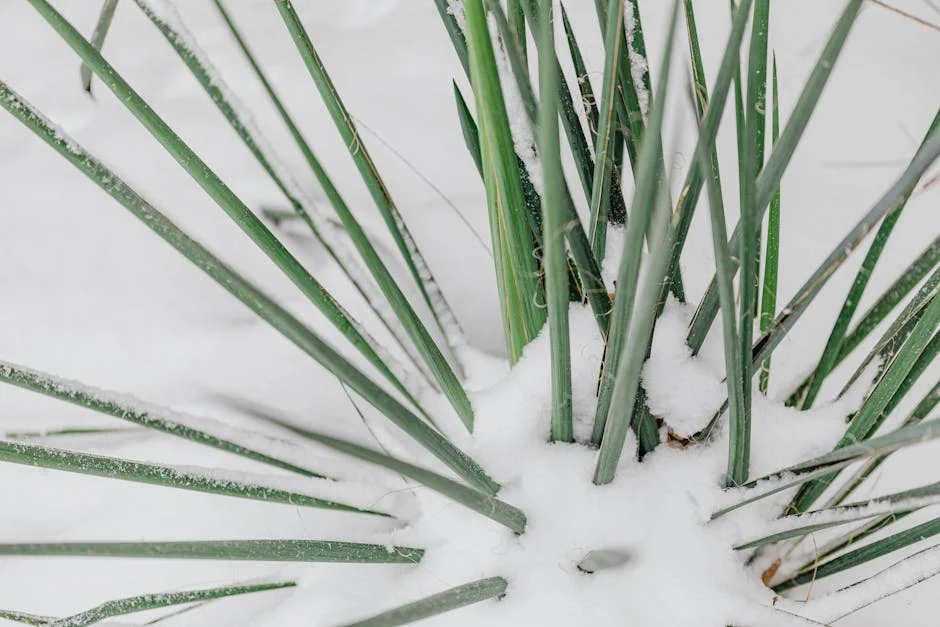
Certain plants are naturally more tolerant to cold and winter conditions. Evergreens like boxwood and holly withstand frost well. Root vegetables such as carrots and parsnips also thrive in winter soil.
Hardy perennials like hellebores and sedum survive freezing temperatures by going dormant underground. You can identify winter-resilient species by their ability to maintain leaf integrity or survive frost without damage.
If you want to keep your garden lively in cold months, select plants marked as “cold hardy” or “winter hardy.” These species usually require less protection and recover faster from winter stress.
Recognizing Signs of Stress in Plants
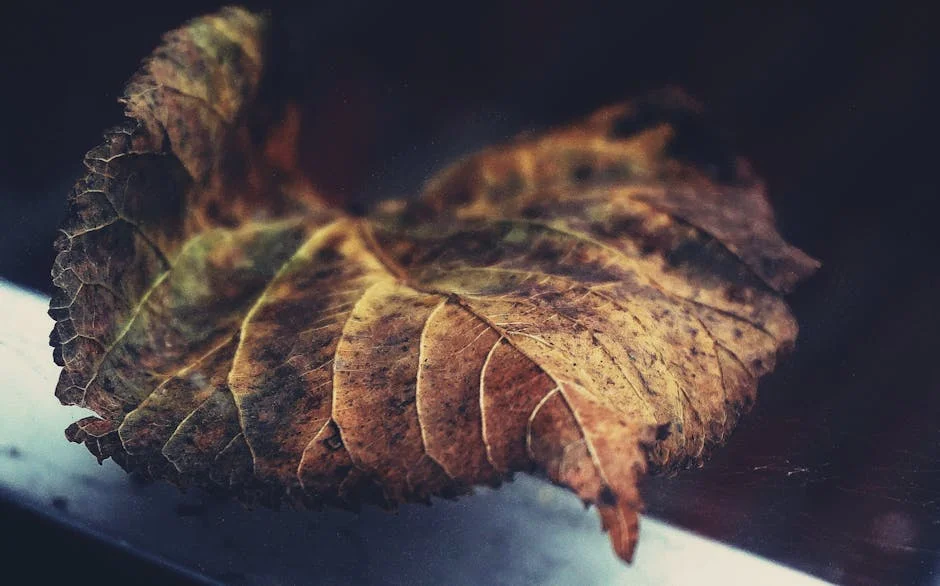
Winter stress on plants shows up in several ways. Look for yellowing or browning leaves, which might indicate overwatering or root damage due to cold. Wilting, even when soil is moist, signals trouble.
Leaf drop or bare stems can mean the plant is struggling with low humidity or cold drafts. Another sign is slow growth or the absence of new shoots in species that usually grow year-round.
Regularly inspecting your plants for these symptoms helps you take timely action—like adjusting watering, relocating the plant away from drafts, or adding insulation—to prevent further damage.
Essential Preparation for Winter Gardening
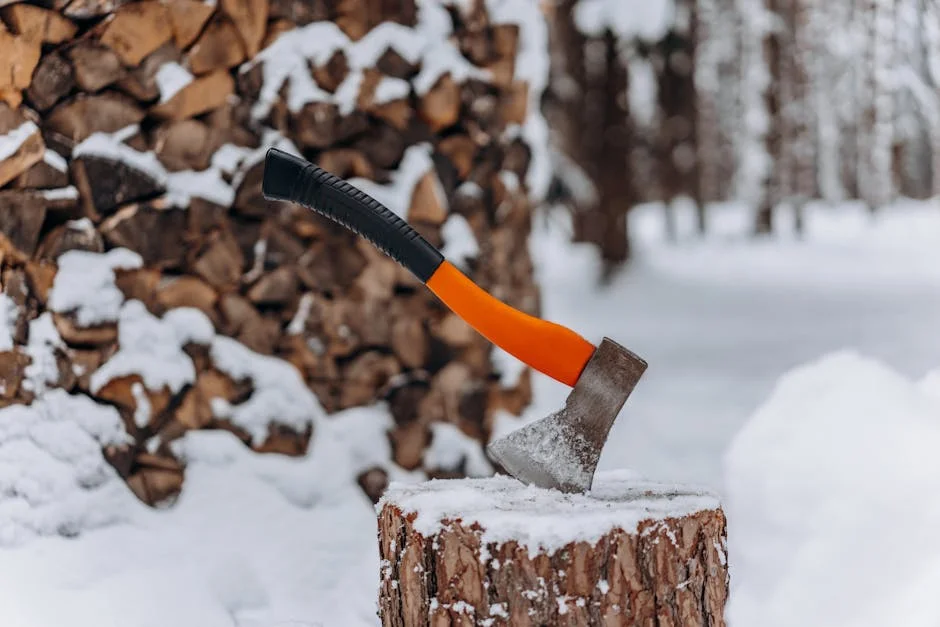
To protect your garden through cold months, focus on strengthening the soil, tidying your garden beds, and using the right mulch to shield plants. Taking deliberate steps here can prevent damage from frost and keep your garden ready for spring growth.
Prepping Soil for Cold Temperatures
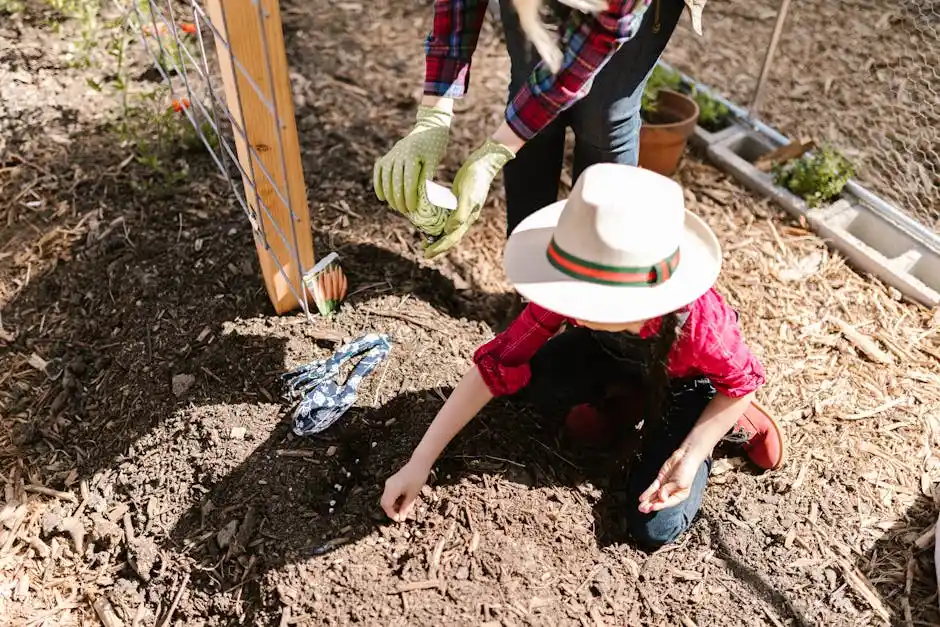
Start by testing your soil’s pH and nutrient levels. If needed, add organic matter like compost or well-rotted manure to improve fertility and drainage. This helps soil retain warmth and moisture during winter.
Avoid working soil when it’s frozen or waterlogged, as this can harm soil structure. Instead, till or turn it lightly in dry conditions before the cold sets in. Consider planting cover crops like clover or rye; they add nutrients and protect soil from erosion.
You can also apply a layer of leaf mold or aged compost to act as insulation, which slows soil temperature drops and supports microbial activity.
Clearing and Cleaning Garden Beds

Remove dead plants and spent crops to cut down on pests and diseases that can overwinter and attack next season. Pull weeds completely, including roots, so they don’t regrow.
Dispose of any diseased plant material properly—don’t compost it, or the disease may spread. Use tools to lightly loosen soil surface, breaking up crust and improving air circulation.
Clearing dead debris clears space, making next year’s planting easier and reducing habitat for harmful insects. Don’t forget to check drip irrigation or hose systems for damage before winter.
Selecting Mulch for Winter Protection
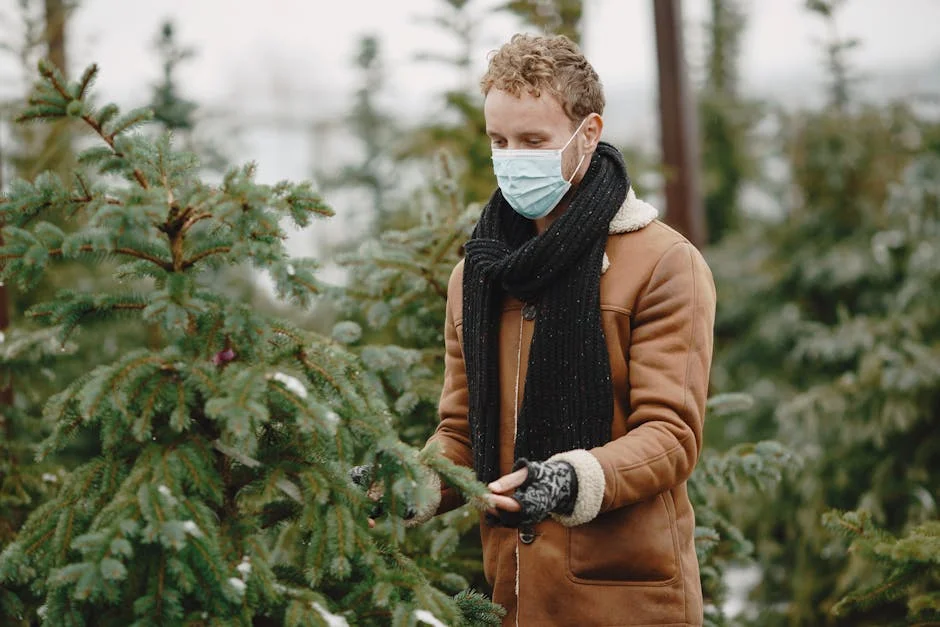
Choose mulch materials that provide insulation and help retain soil moisture. Straw, shredded leaves, and wood chips are great options because they allow air and water movement while protecting roots.
Apply mulch in a 2-4 inch layer around plants, being careful not to pile it directly against stems or trunks to avoid rot. You can mulch beds, trees, and even vegetable garden edges.
Mulching shields soil from frost heave and prevents erosion caused by wind or heavy rain. For extra protection, combine mulch with frost cloths or row covers during extreme cold snaps (Winter Garden Survival Tips).
Protecting Outdoor Plants from Frost
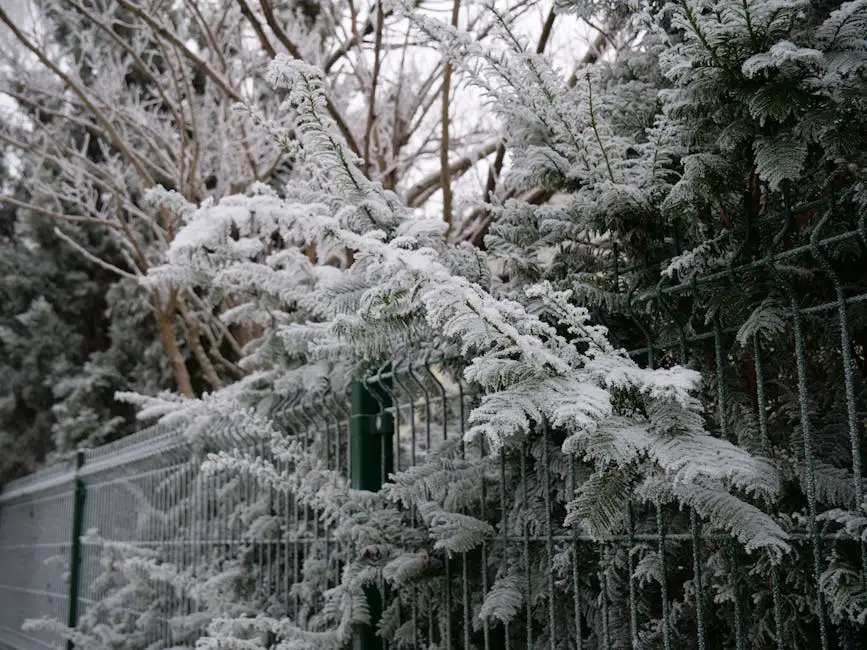
When frost threatens, your best tools combine simple physical barriers with smart watering. Covering plants traps warmth, recycled materials add insulation, and watering adjusts soil temperature to shield roots. These straightforward tactics help you keep plants safe when cold nights hit.
Using Row Covers and Cloches
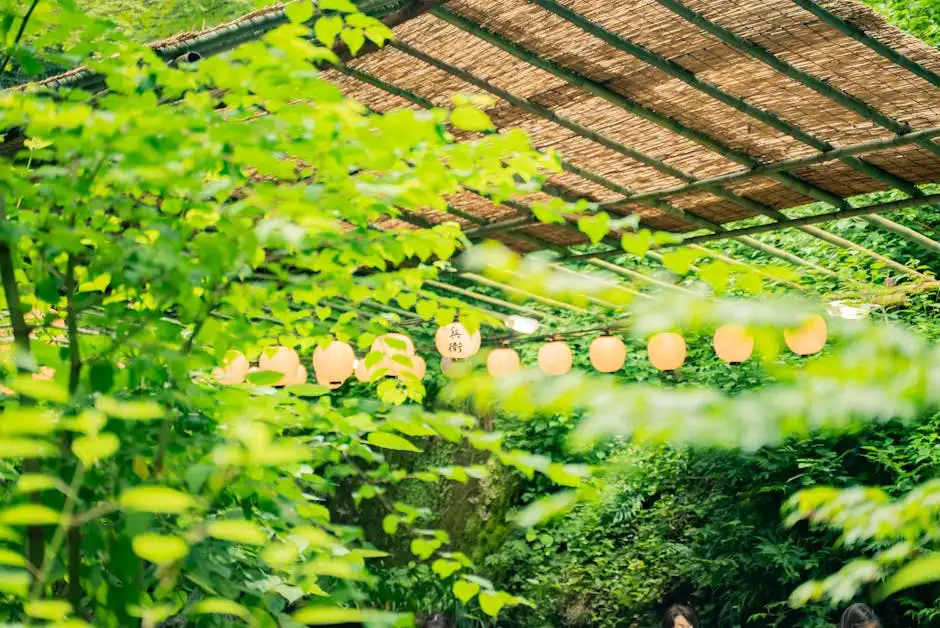
Row covers and cloches create a mini greenhouse effect around your plants. You can use lightweight fabric row covers to trap heat and block frost while still allowing light and moisture through. For smaller plants, clear plastic or glass cloches work well by holding warmth directly next to the foliage.
Make sure to anchor row covers with soil or clips to prevent wind from blowing them away. Remove covers during the day if temperatures rise to avoid overheating. You can find affordable options or make your own using old sheets or garden fabric, which are easy to set up and reuse.
Insulating with Recycled Materials
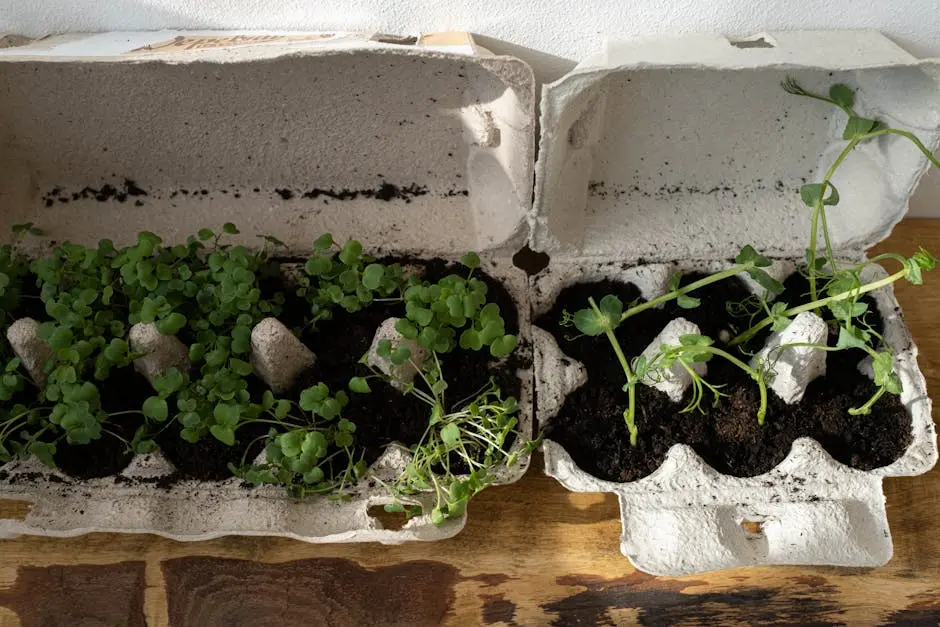
For extra frost protection, layer mulch or recycled materials around your plants’ base. Straw, shredded leaves, newspaper, or cardboard act as insulation that keeps soil warmer. Apply a 2-4 inch layer, making sure not to smother the plant stems.
You can also wrap shrubs with burlap or old blankets, securing them loosely to avoid restricting growth. This method blocks cold wind and retains heat. Using recycled materials takes advantage of items you already have, making it a cost-effective and eco-friendly option.
Strategic Watering Techniques
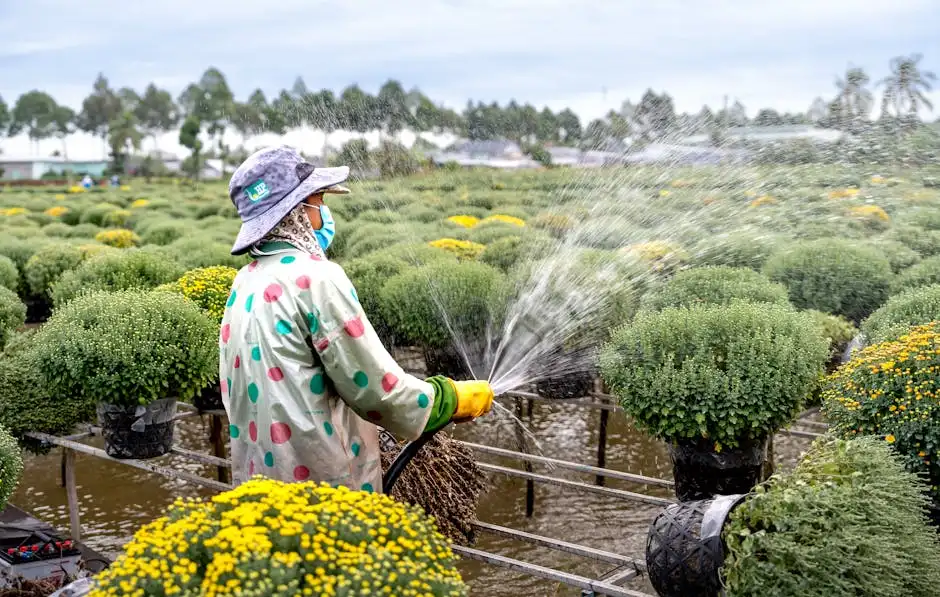
Watering your garden intelligently helps protect roots during frost. Moist soil holds heat better than dry soil, so water your plants thoroughly during the day before a frost event. Avoid watering at night, as cold water can increase frost damage risk.
If you use drip irrigation or soaker hoses, set them to run during daylight hours on cold nights. This keeps soil temperature steady and provides the slight warmth plants need. Proper watering combined with frost barriers gives your plants a solid chance to survive cold snaps.
Indoor Winter Gardening Tips
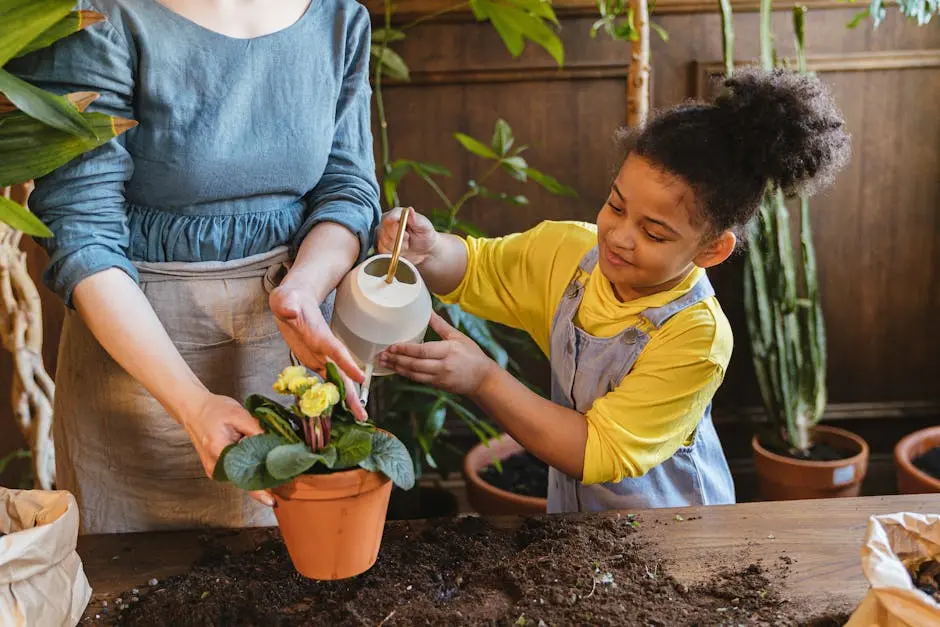
Keeping your indoor plants thriving in winter means adjusting how you manage light, humidity, and the pots you use. Small changes can make a big difference in helping your plants adapt to colder, darker months.
Maximizing Light for Indoor Plants
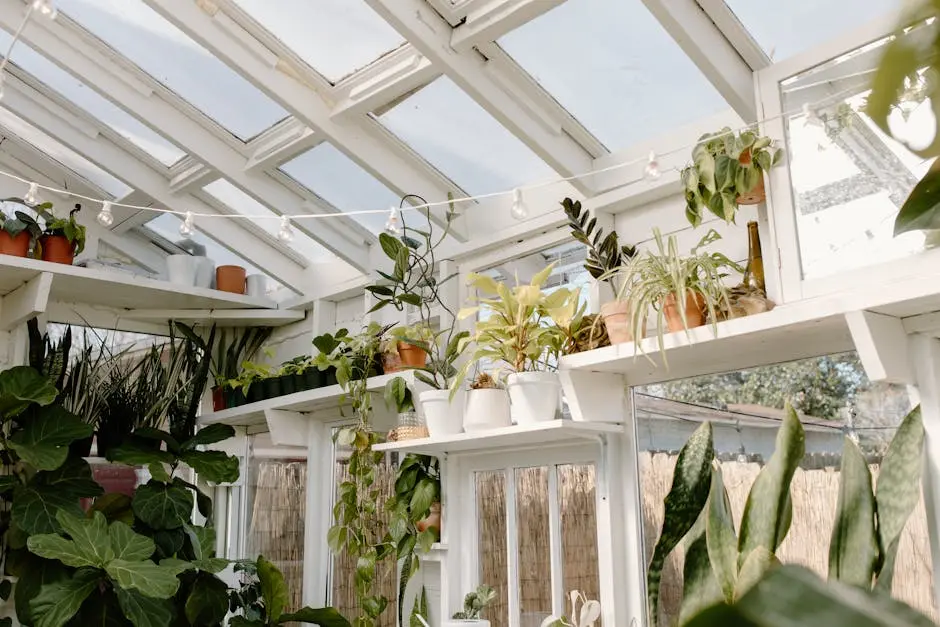
Plants need more light during winter, even if they aren’t getting direct sunlight. Place your plants closer to south or east-facing windows to make the most of natural light.
If sunlight is limited, using a grow light can supplement what’s missing. Choose full-spectrum LED grow lights and set them to run about 10-12 hours a day. This mimics the natural daylight cycle without overheating your plants.
Avoid placing plants too far from windows or behind curtains. Even low-light plants benefit from brighter spots indoors during winter. Keep leaves clean by wiping them gently to maximize photosynthesis.
Maintaining Humidity and Temperature
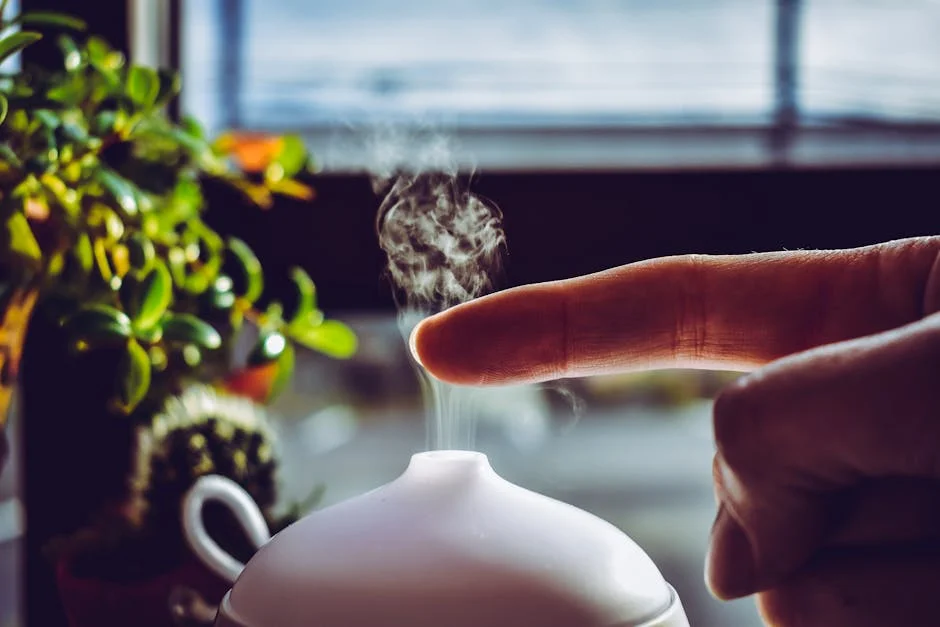
Indoor air tends to be dry in winter because of heating systems. Most plants thrive in humidity levels between 40-60%. Using a humidifier near your plants can keep the air moist and prevent the leaves from drying out.
Avoid spots near drafty windows or doors where cold air can shock your plants. Also, stay clear of heaters and radiators, which can dry out soil and leaves quickly.
Keep your home temperature steady between 65°-75°F (18°-24°C). Sudden temperature drops or spikes stress plants and slow their growth, so try to maintain a stable environment.
Choosing Suitable Indoor Containers
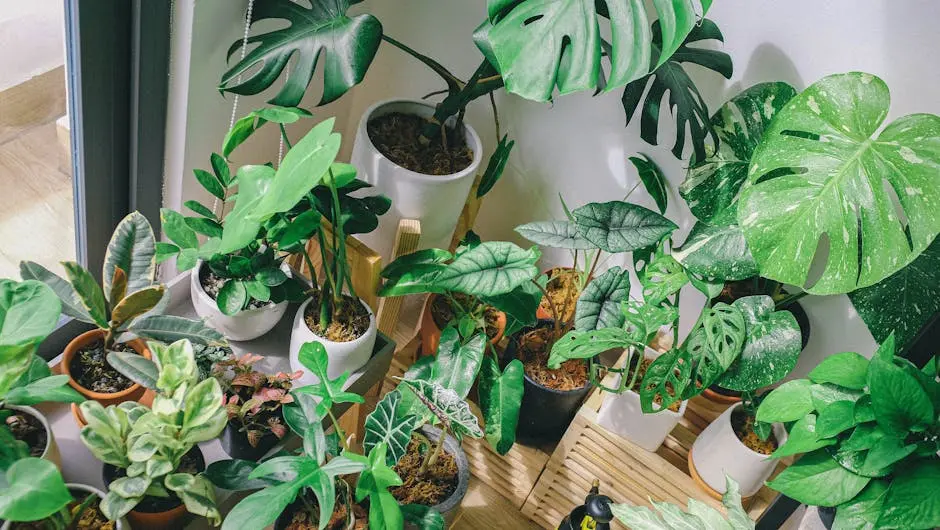
Picking the right containers helps your plants manage water and temperature better in winter. Use pots with drainage holes to prevent waterlogging, which can cause root rot in cooler months.
Materials like terra cotta allow excess moisture to evaporate, reducing overwatering risks. However, they dry out faster, so monitor soil moisture closely.
Consider pots with a bit more insulation, such as ceramic or double-walled containers, to protect roots from cold drafts near windows. Grouping pots together can also help conserve humidity and temperature around your plants.
By choosing containers thoughtfully, you make it easier to maintain healthy conditions for your indoor garden.
Creative Winter Gardening Hacks
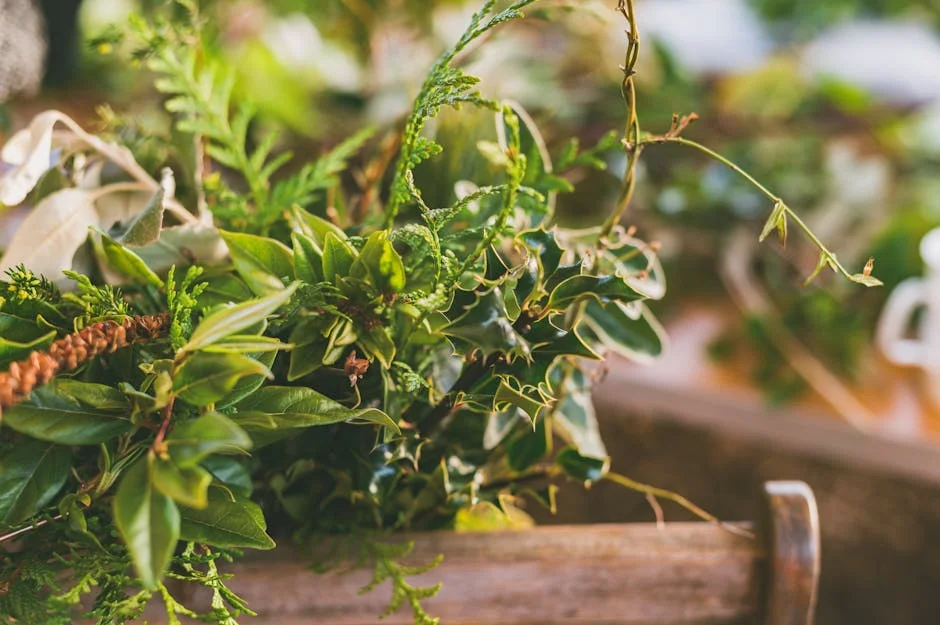
Keeping your plants healthy during winter often means creating warmer microclimates and using materials you already have around the house. Simple, cost-effective solutions can protect your plants from frost and chilly winds without complicated setups.
DIY Mini Greenhouses

You can build mini greenhouses using clear plastic containers or large plastic bottles. Cut the bottoms off and place them over seedlings or small plants to trap heat and moisture. This method helps maintain a stable temperature and protects plants from frost damage.
Another option is to use old window frames with plastic sheeting to create larger cold frames. Secure the edges with bricks or stones to keep cold air out. These DIY greenhouses improve sunlight exposure and keep your plants warmer during the colder months.
To maximize warmth, position your mini greenhouses in sunny spots and ventilate them on milder days to prevent overheating or mold growth.
Repurposing Everyday Items

Old items like burlap sacks, jute bags, and even fleece jackets can serve as protective covers for your plants. Burlap is breathable and provides a strong wind barrier, while fleece adds extra insulation without trapping too much moisture.
Eggshells crushed and spread around plant bases can deter pests and add calcium to the soil. You can also use plastic milk jugs by cutting off the bottoms and placing them as cloches around individual plants to shield from frost.
Be creative with what you have on hand. Using these common items reduces waste and saves money while keeping your garden healthy in winter. For more hacks like these, check out practical ideas from gardeners who share quick tips.

